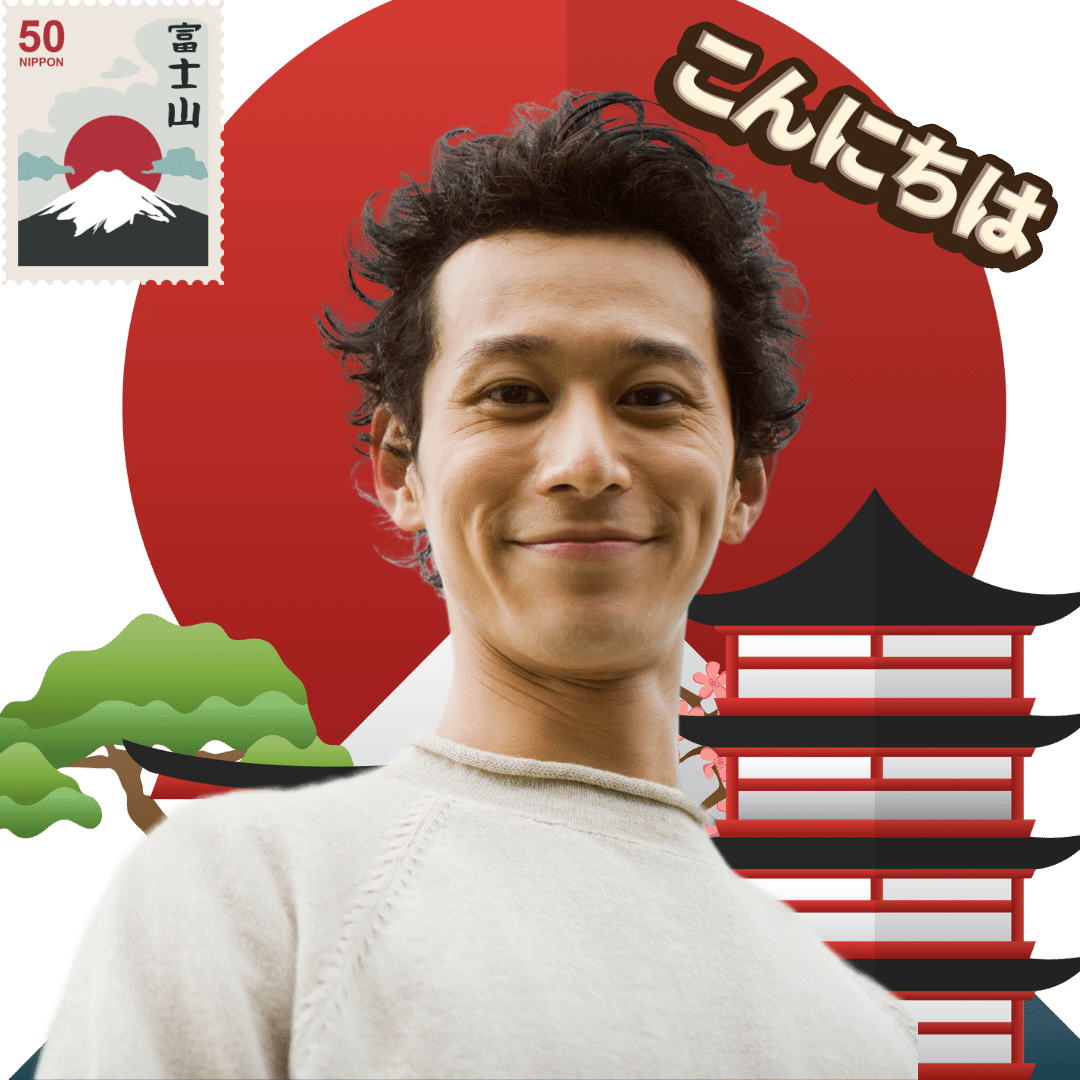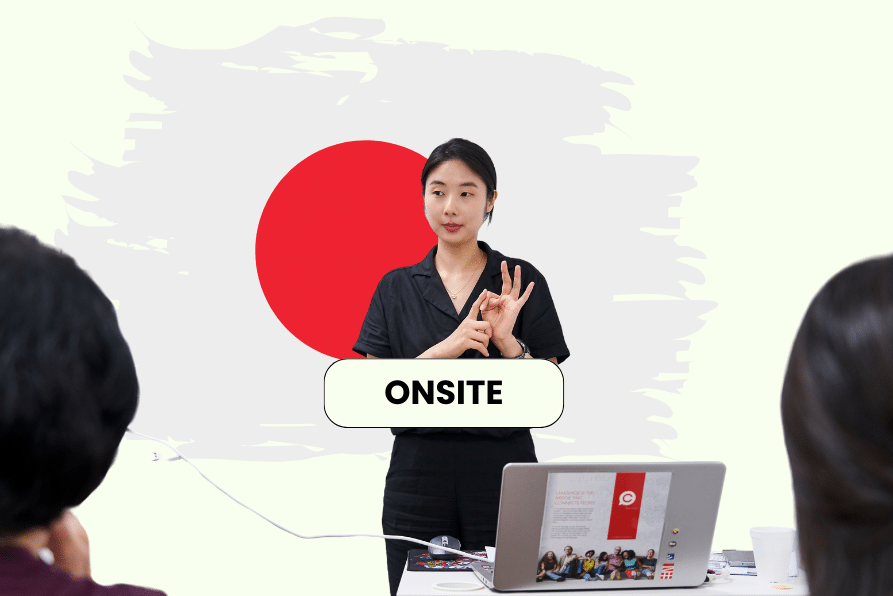Japanese Language Class
At Lingo, we view language primarily as a tool for communication. Learning a new language not only expands your mind but also allows you to connect with new people who offer different perspectives.
You don’t need to be fluent in Japanese to experience the benefits. Simply trying to speak a few words in Japanese will prompt your conversation partners to make greater efforts to ensure they are understood in English.
Our lessons are designed for those who wish to delve deeply into the language. At Lingo, you will explore the Japanese alphabet and grammar in depth. However, if you’re looking for a lighter approach, another language school may be more suitable for you. We promise to help you progress from having no knowledge of Japanese to being literate in just a few weeks.
Of course, conversation plays an important role in our lessons at Lingo. That’s why we offer small group classes that encourage interaction. Speaking is a valuable skill, and we will focus on it as it will help you communicate more fluently and quickly.

Lingo is an official test centre
As an official test centre for MCYS and MFA officers, we take pride in ensuring the quality of our courses and assessments. With this expertise, we can deliver a comprehensive program that enables individuals to master the Japanese language.
Small group classes
We limit group sizes to a maximum of 8 participants to ensure the quality of our Japanese classes. When classes are small enough to facilitate individual student-teacher interaction, a minor miracle occurs: teachers teach, and students learn.
Centralised location
Our Japanese language classes are conducted at United House, which is centrally located and accessible. It is just a 6-minute walk from Dhoby Ghaut or Somerset MRT station.
| Course Name | Start Date | Day | Time | Duration | Fee | Enrol |
|---|---|---|---|---|---|---|
| Japanese Basic 1 By Ms. Satoko (Onsite) | 25 Mar 2025 | Tuesday | 7:30 pm - 9:00 pm | 10 Weeks | S$392.40 | Enrol |
| Japanese Basic 1 Preview Class By Ms. Noriko (Online) | 16 Apr 2025 | Wednesday | 7:00 pm - 8:00 pm | 1 HOUR | S$16.35 | Enrol |
| Japanese Basic 1 By Mr. Keishu (Onsite) | 19 Apr 2025 | Saturday | 4:00 pm - 5:30 pm | 10 Weeks | S$392.40 | Enrol |
| Japanese Basic 2 By Mr. Keishu (Onsite) | 21 Apr 2025 | Monday | 7:00 pm - 8:30 pm | 10 Weeks | S$392.40 | Enrol |
| Japanese Beginner 2 By Miyano sensei (Onsite) | 10 May 2025 | Saturday | 11:00 am - 12:30 pm | 10 Weeks | S$392.40 | Enrol |
| Japanese Basic 1 Preview By Ms. Maiko (Online) | 15 May 2025 | Thursday | 7:00 pm - 8:00 pm | 1 HOUR | S$16.35 | Enrol |
There is a Japanese class for you
Preview class
We work with experienced teachers in small groups because our students benefit from personalized learning. This commitment to quality does have a cost.
To show you the value, we invite you to join a preview class. All trial classes are held on Zoom, and there is no obligation to sign up for anything afterward.
Onsite Japanese Class
Join our Japanese class at our convenient onsite location, just 6 minutes from Dhoby Ghaut and Somerset MRT stations. You’ll experience minimal hassle and travel time to reach
Group class starts at S$300 for 18 hours.
Private class starts at S$80/hour.
We believe learning any language starts with basic conversation. When you’re comfortable asking basic questions and talking about often-discussed topics, such as introducing yourself, lessons become more enjoyable, and you build momentum.
JLPT Test preparation

Get ready for the JLPT exams with our intensive 20-hour courses offered in the two weeks leading up to the exam.
You can practice both the written and oral components through mock exams. Our specialised teachers will cover all aspects of the exam to ensure you’re fully prepared
Five progressive levels



Finger licking good
Plenty of Japanese people celebrate Christmas, but the festive fare isn’t what you might expect. In Japan, it’s traditional to head to your local KFC on Christmas Eve. An estimated 3.6 million Japanese feast on the KFC Christmas Dinner and hours of queuing and ordering weeks in advance is expected. Some say turkey and chicken wasn’t widely available for the Christmas-curious Japanese, so Colonel Sanders stepped in to answer the demand…
Awards and Accolades

Rated best language class in Singapore


We offer free trial classes
We offer you the most competitive rate for learning Japanese in Singapore. With a dedicated team of trainers, level up your Thai in the comforts of your own home.
Lingo & Taiyo Japanese
Taiyo Japanese is now a part of Lingo School of Knowledge
Office
20 Kramat Lane #05-05 United House, Singapore 228773
Phone Number
(65) 6222 0583




